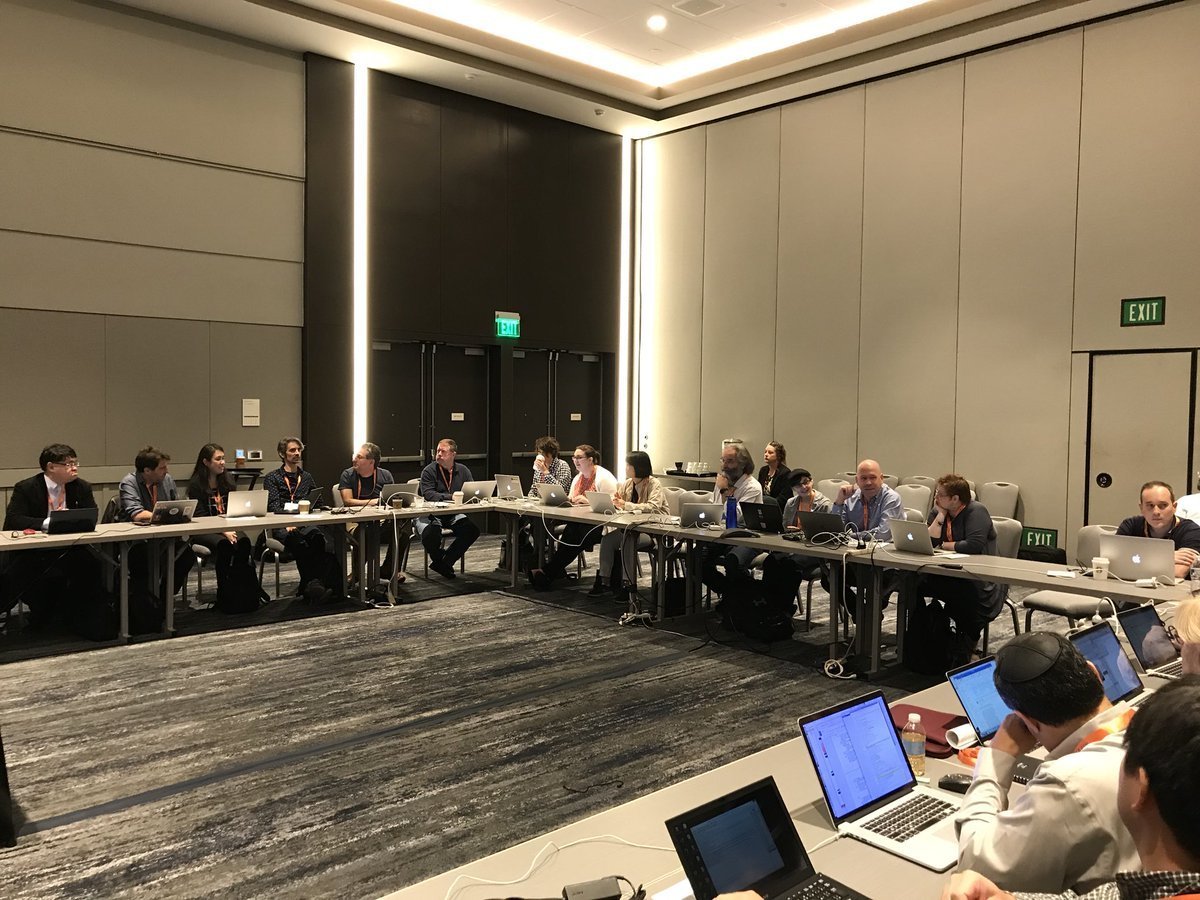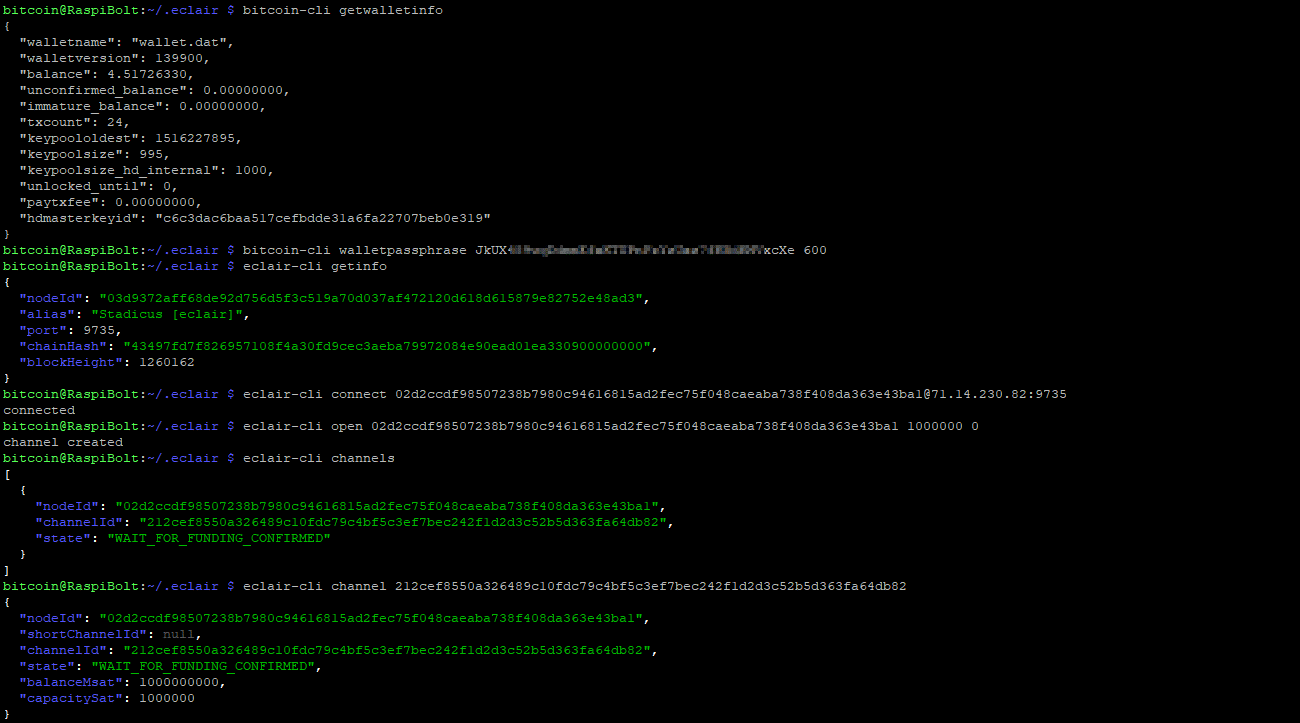Lightning Network
W3C – Get Ready for In-Browser Lightning Network Payments

The Lightning Network got a substantial boost from the World Wide Web Consortium (W3C) this week after reports surfaced that the group has a development team focused on an API for in-browser Bitcoin purchases. The W3C is the organization that creates and approves new standards for the web. The developments would see the Lightning Network API integrated into all major browsers including Google Chrome, Firefox, and Microsoft Edge.
The W3C revealed that they have been secretly developing the protocol for years. While this may sound like a lot of effort, it is important to mention that standards are known to take a long time to release. The project recently got a boost after W3C personal were finally able to convince some key cryptocurrency developers to join.

W3C Receives Emmy for Standards Work on Accessible Video Captioning and Subtitles
In the past, the team reported issues with recruiting cryptocurrency experts. The Chairmen of W3C, Manu Sporny spoke publicly on the difficulties they encountered on their journey to integrate Bitcoin into browser payment methods. The Chairmen explained that because the cryptocurrency market is so new, players in the space hope to dominate the crypto payments sector, instead of collaborating to create universal standards.
Lighting the Path for a Better Crypto Future
Thankfully, the W3C successfully recruited a few cryptocurrency developers over the last couple of months. These developers made astounding progress to date. Longtime Blockstream Lightning Network developer, Christian Decker joined the consortium earlier in the year. When asked why he decided to join the team, Decker stated the decision ensures that Bitcoin and the Lightning Network aren’t left out of future plans.
The API currently allows users to save their payment data within their browser to facilitate quicker payments in the future. Decker believes this strategy would be essential to Lightning Network users, as many have complained about the current difficulties involved in setting up a Lightning Network payment channel. This protocol would eliminate the need to undergo this process after an initial setup.

Lightning Network Node on Raspberry Pi
The Light At the End of the Tunnel
While the concept of in-browser Bitcoin Lightning Network payments is enough to get any crypto enthusiasts pumped, there is still much work to be done prior to any release. In order for the concept to take flight, developers must figure out how to assign Bitcoin a payment method ID. This could take months with developers such as Decker OK with taking a passive approach to the project.
Brighter Days Ahead
It may still be months before the Lightning Network payment option becomes a standard for internet browsers globally. Analysts predict a spike in cryptocurrency usage upon the release of this highly anticipated code. Even after the project's released, there is still the need for merchants to activate the cryptocurrency portion of the coding.
In the coming months, these and many other factors will iron out as the project takes Beta testing form. For now, the concept is in full swing and could result in a huge uptick in Lightning Network adoption in the near future.











